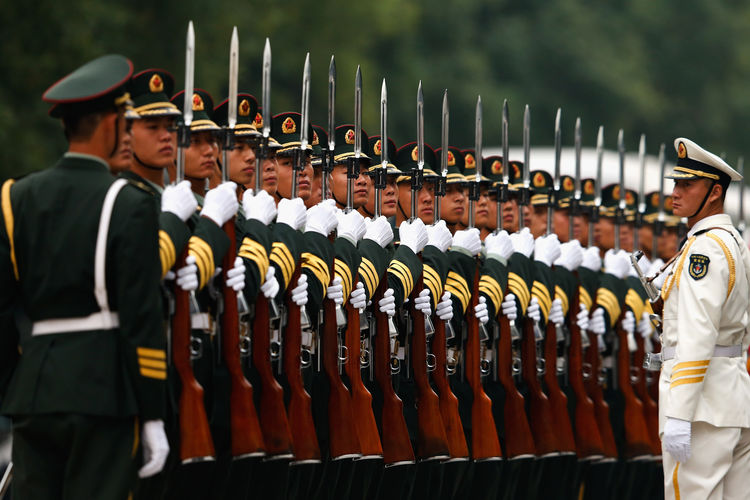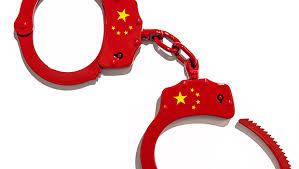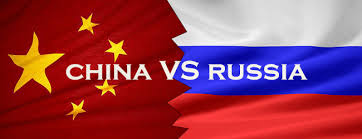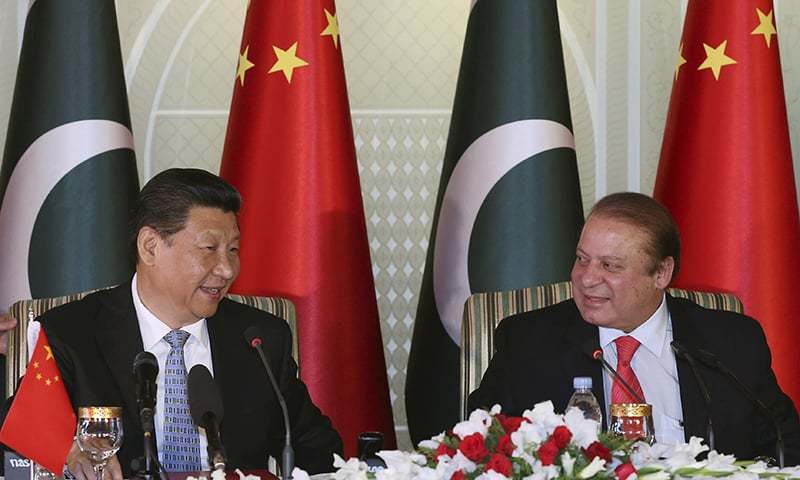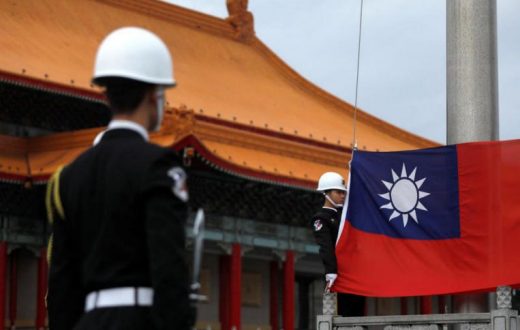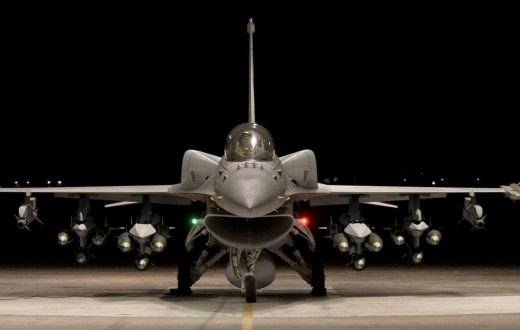Summary
China’s already formidable military may be about to get an overhaul. With Chinese President Xi Jinping reportedly set to unveil what the media is calling the most sweeping set of military reforms since the mid-1980s, one of the most powerful forces in the world may get a reshuffling that makes it more flexible and effective. The reforms will be officially announced in the wake of a Sept. 3 military parade to commemorate the 70th anniversary of the end of World War II. One potential plan leaked to the Hong Kong-based South China Morning Post offers some insight into Beijing’s intentions. Though the final reforms will likely be more conservative, the leaked proposal suggests China is generally aiming to centralize command, increase cooperation between services and look beyond hard geographic boundaries. In the end, China may be successful at improving its military effectiveness, but its reforms will fall short of loosening the Communist Party’s tight grip over the country’s armed forces.
Analysis
According to the South China Morning Post, it was several “reform-minded officers” who leaked a version of the reform plan to the media. The leaked proposal includes large personnel cuts and several structural changes. First, the seven existing military regions would be consolidated into four, each of which would be open to command by officers from other services. A new national guard, responsible solely to the Central Military Commission, would replace the People’s Armed Police. And three of the People’s Liberation Army’s four general departments would merge into one — the General Staff Department. The Ministry of Defense, now a figurehead, would be empowered to conduct mobilization and recruitment activities.
The plan is probably one of the more radical options on the table, and Beijing is certainly weighing more conservative approaches. The high level of detail in the report, however, suggests that the leaked proposal survived to a late stage in the deliberation process, meaning parts of it may actually make it into the final plan — especially the long-discussed consolidation of military regions and the promotion of joint commands.
The leaked details of the reforms largely conform with those Stratfor outlined in January 2014, soon after plans were announced. At the time, China was making moves to cut its military regions down to five as well as open up positions of military leadership — previously an option for only ground force officers — to officers in the navy, air force and possibly even Second Artillery Corps. The change to a four-region structure likely came late in the discussion; as recently as April, a U.S. Department of Defense report to Congress on Chinese military and security developments still predicted five regions. But if Beijing has in fact pared it down to four, they will likely consist of a Northeast Command, charged with protecting Beijing and the border with Russia and Korea; a Southeast Command, responsible for operations in the Pacific and Indian oceans; a Northwestern Command to stabilize Xinjiang and protect Gansu and Qinghai; and a Southwestern Command to secure Sichuan and Tibet. Even with the slight change in details, Stratfor’s projections for the overall reform trends still hold: increasing centralization, increased cooperation between services and the erosion of hard geographic boundaries.
The People’s Liberation Army’s current operational structure is centered on land-based warfare to be conducted within the framework of seven military regions. This is an artifact of the military’s primary Cold War mission: to conduct a “people’s war” against an invader, most likely the Soviet Union, by mobilizing the entire population to draw enemy forces into the interior and wear them down. However, the times — and the strategic situation in East Asia — have changed a great deal. Beijing now needs to build capabilities that will allow it to carry out missions along the Chinese periphery in areas that include the East China Sea, South China Sea and Taiwan. This will mean moving beyond a model centered on ground forces. Missions in distant waters are also growing in importance. These could include counterpiracy operations in the Gulf of Aden, evacuations of Chinese citizens in the Middle East and Africa as well as joint air and naval exercises beyond the first island chain. The projected reforms would free the military from its territorial focus and help to integrate other branches of the services more closely.

China’s leaders have understood for decades that the existing military structure is inadequate to meet the nation’s changing needs. But Beijing is just now overcoming the structural constraints that have barred reform. These included limitations in terms of capability, such as poorly trained personnel, outdated equipment, and primitive command and control. More important, however, were the political obstacles: military corruption as well as powerful entrenched interests in both top brass and the retired officer pool. The Chinese government has worked for years to overcome these limitations, not only making broad investments in modern equipment and weaponry research and development but also raising education requirements for new recruits, trimming redundant personnel and stepping up joint as well as transregional exercises. Military exercises in particular have laid the groundwork for the smooth and frequent cooperation between branches of the military.
Of course, the upcoming reforms will almost certainly reduce high-level staff positions and eliminate some patronage networks, prompting opposition among government and military officials — and especially among the People’s Liberation Army ground forces. It was to overcome this resistance that President Xi Jinping in 2013 launched a far-reaching and ongoing military anticorruption probe, which has helped purge over 30 generals this year alone. It also brought down two retired vice chairmen of the Central Military Commission, Xu Caihou and Guo Boxiong, who had been the highest-ranking generals in the People’s Liberation Army under Hu Jintao. Yet in spite of progress, resistance will persist or even worsen as reforms continue. Surveillance over military officers and intense anticorruption investigations are likely to intensify, as are moves to bar retired officers from influencing policy, which is part of an overall trend in all parts of the Communist Party.
The Chinese military will certainly become more professional as a result of these reforms, but only in a very specific sense of the word. The People’s Liberation Army will develop the organization and skills necessary to prevail in modern warfare. This, however, will in no way loosen the Communist Party’s hold over China’s armed forces. The interests of the Party will continue to dominate the military. And though the leaked plan would elevate the role of the Ministry of Defense — a government and not a Party organ — Beijing will most likely opt to reject that and other elements that reduce the influence of the Communist Party. Indeed, Chinese state media have continued to caution against calls to nationalize or depoliticize the People’s Liberation Army. Wary that reforms empowering the military could also erode Party control, the Party will be quick to slow and even reverse reforms if the careful balance between Party control and military effectiveness tips too far away from the Party. Whatever impact the reforms may have on the military’s capabilities, the People’s Liberation Army will remain the Party’s gun.

